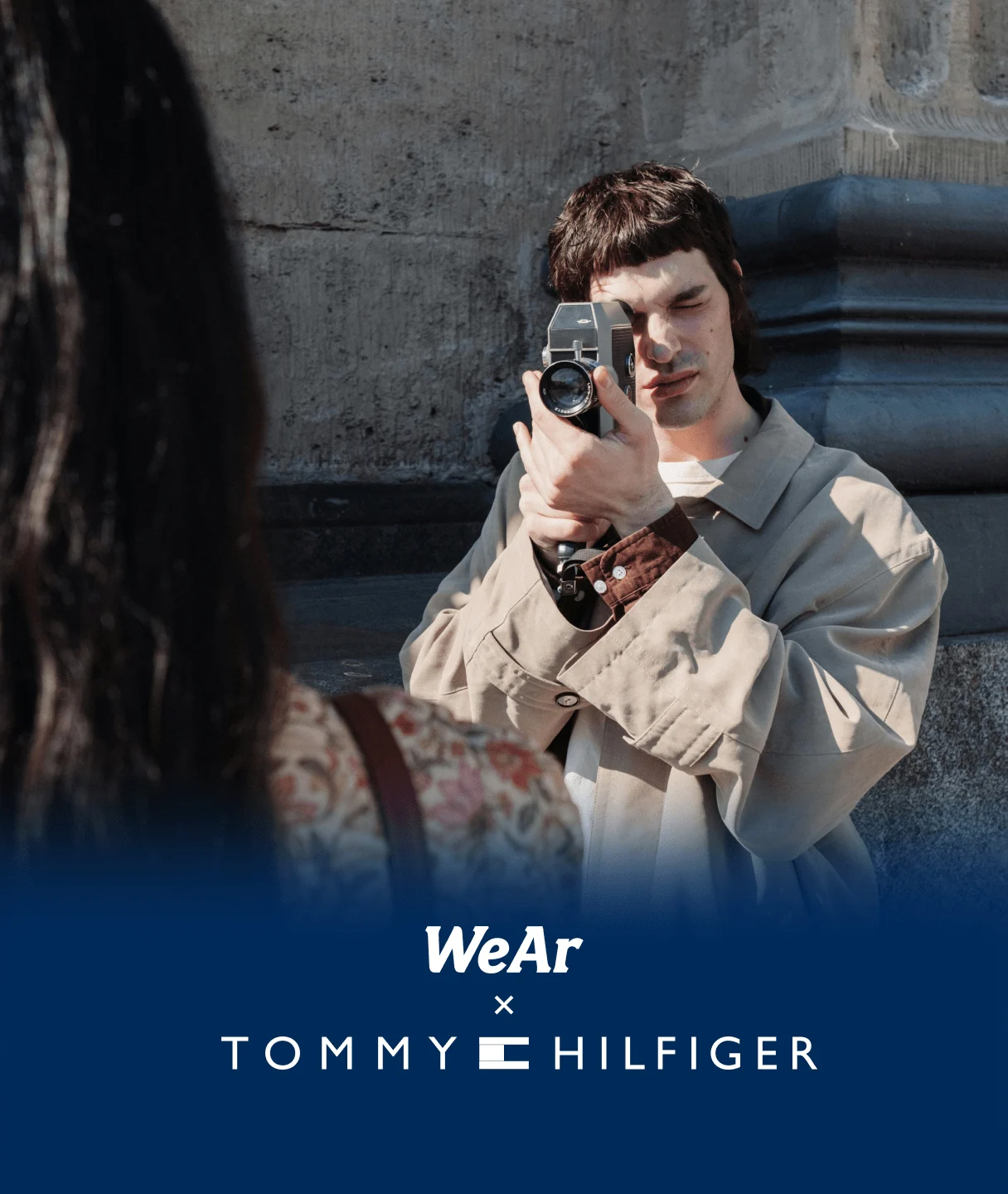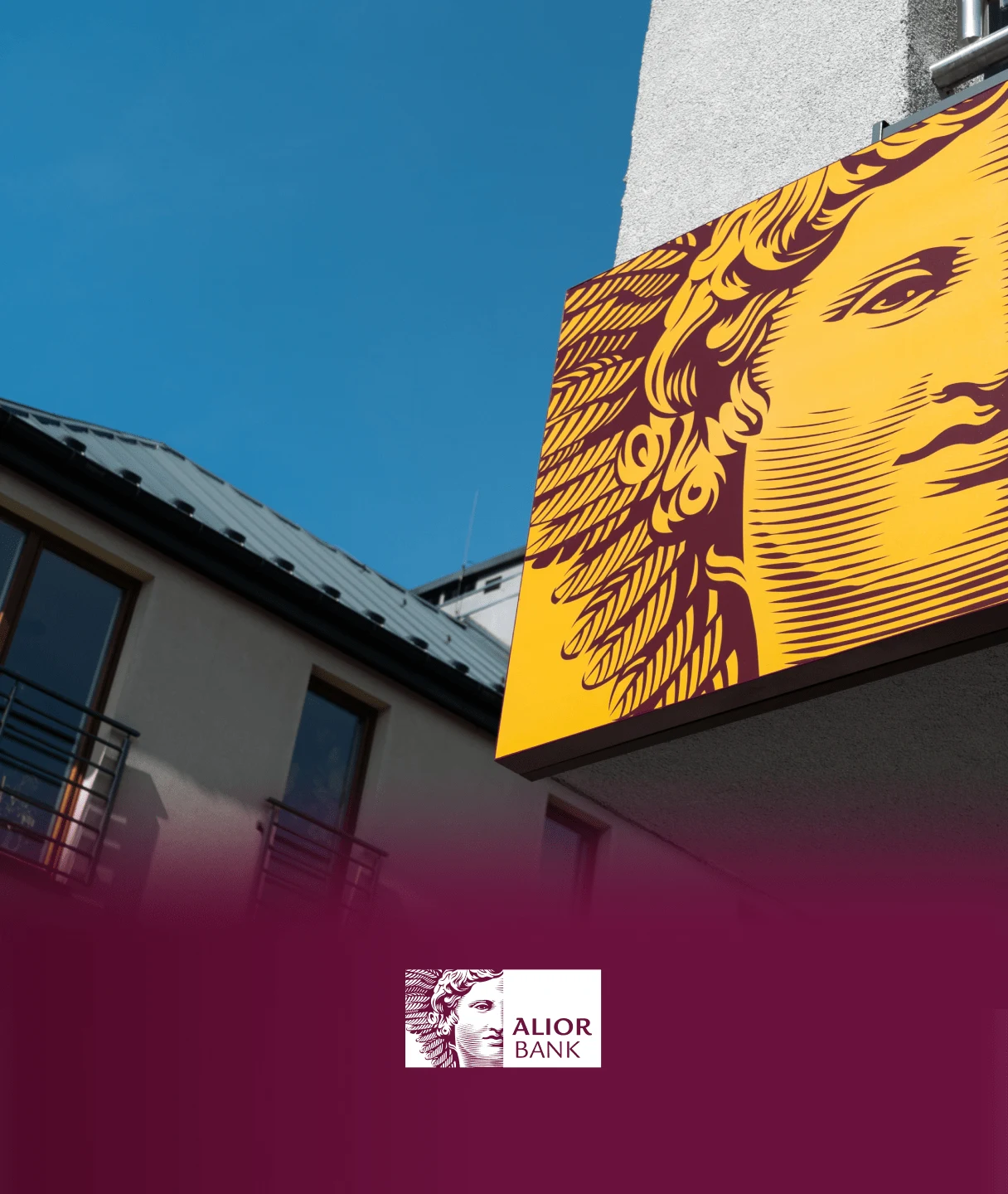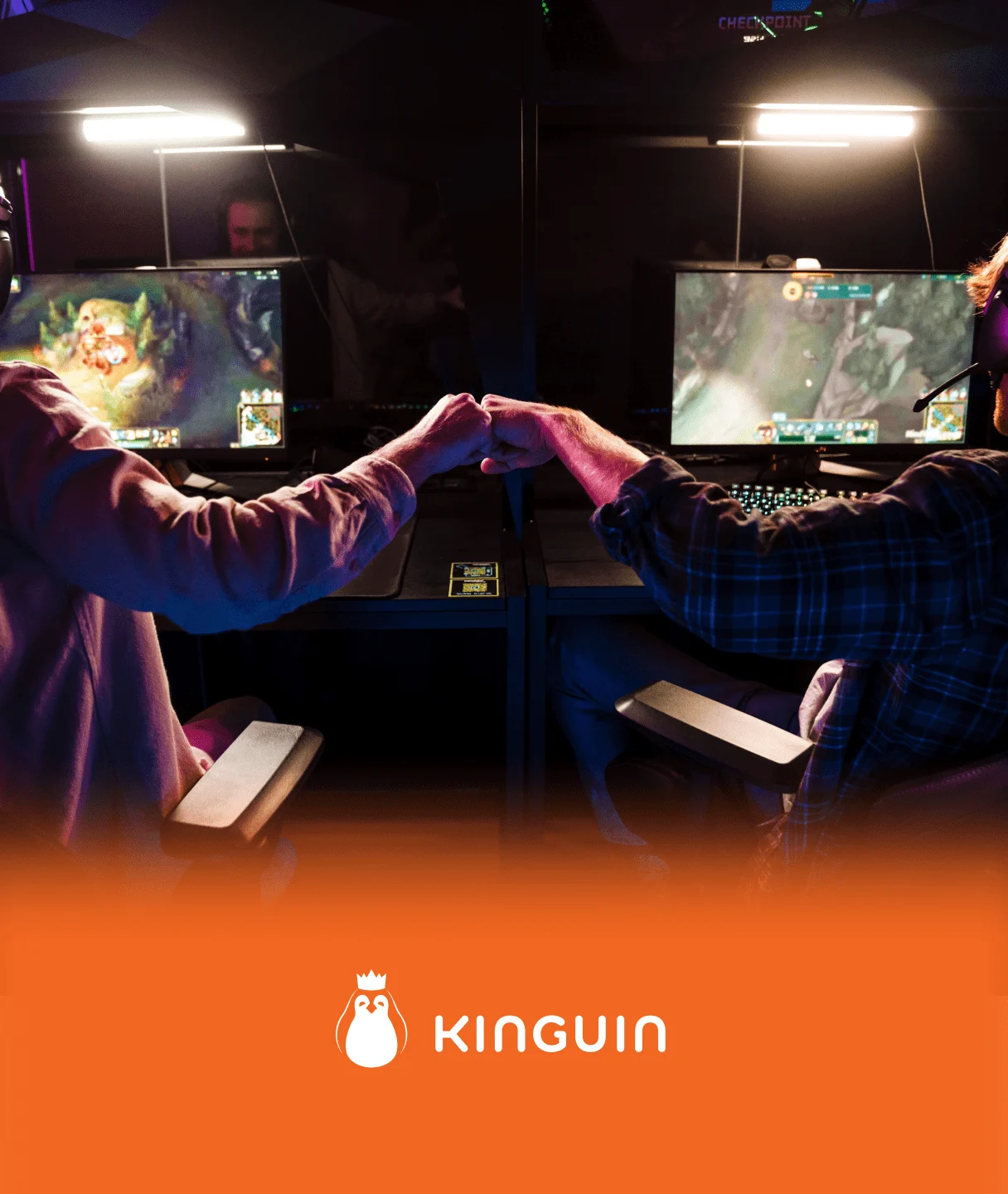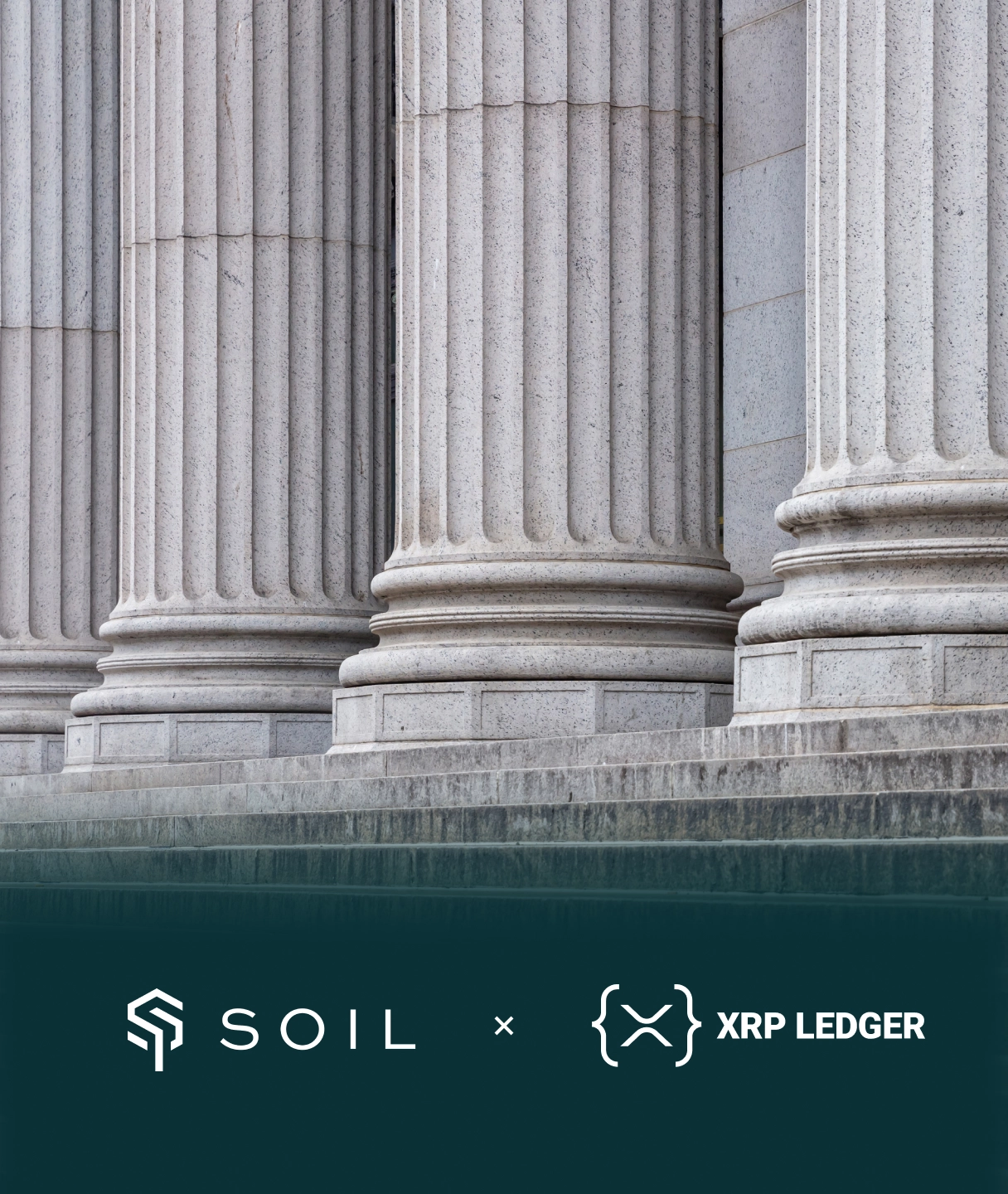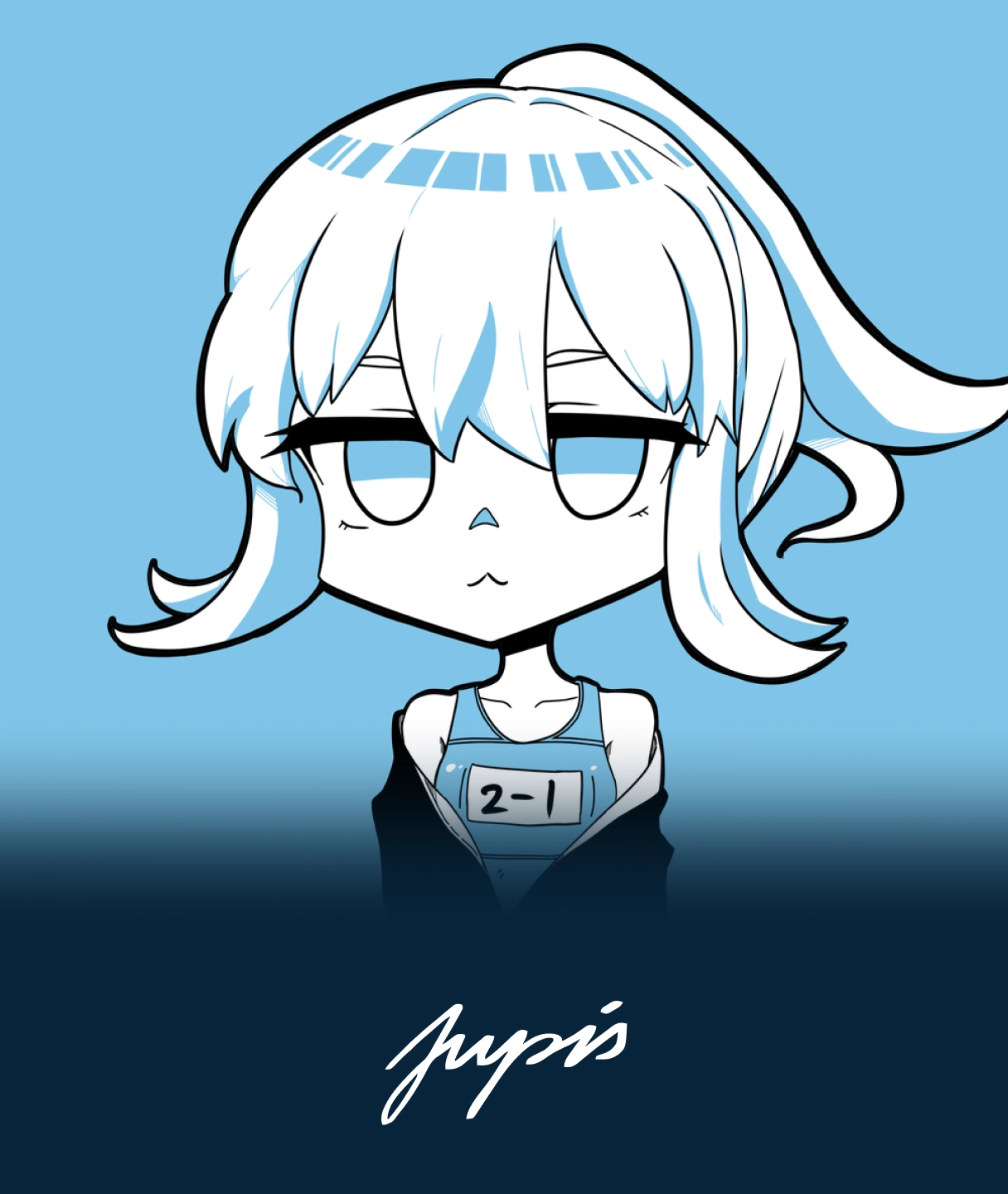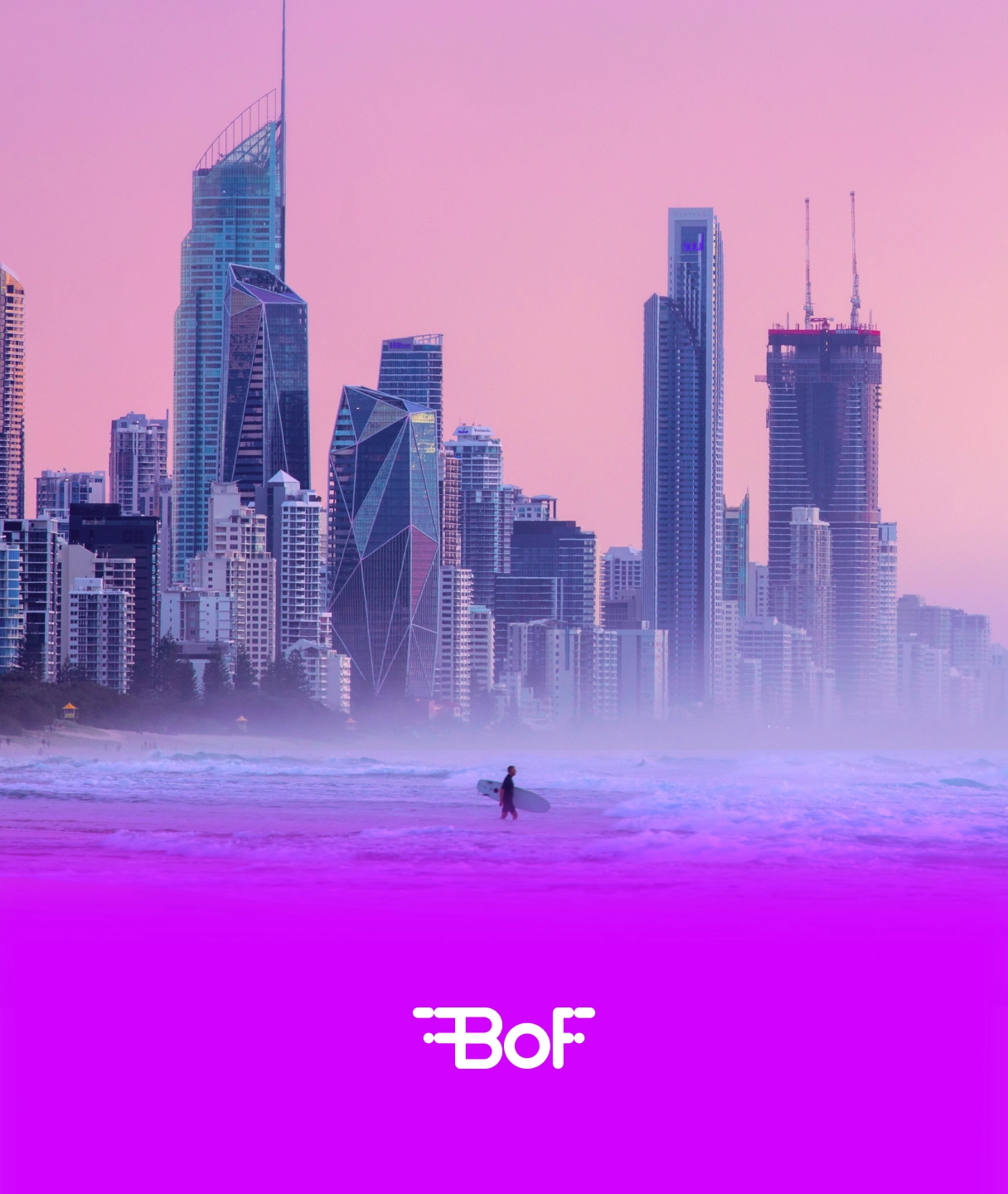Monetize Your Game Assets
NFTs have the potential to revolutionize the gaming industry by allowing gamers to truly own and monetize their in-game assets. Here are some key aspects to consider when leveraging NFTs to monetize your game collectibles:
Popular Wallets and Gateways
+Integrating popular wallets and NFT marketplaces into your gaming platform allows gamers to easily buy, sell, and trade their digital assets. By supporting widely-used wallets and gateways, you provide a seamless experience for users, making it convenient for them to engage with your NFT ecosystem.
Trusted Providers
+Partnering with trusted NFT providers and blockchain platforms ensures the security, transparency, and authenticity of in-game assets. By working with established providers, you can build trust among gamers, attracting a larger community and driving engagement within your gaming ecosystem.
Feasibility
+Assessing the feasibility of integrating NFTs into your game is crucial. Consider the technical requirements, scalability, and compatibility with your existing game infrastructure. This evaluation will help you determine the best approach to implement NFTs effectively and enhance the gaming experience for your players.
Community
+Building an engaged and supportive community around your NFTs and game collectibles is vital for success. Foster interaction, incentivize participation, and create unique experiences for your community members to encourage ongoing engagement and increase the value of your in-game assets.
Our Case Studies

Popular blockchain networks we work with
Ethereum
+Leading smart contract platform enabling decentralized application development. Ethereum offers rich developer tooling ecosystem, token standards (ERC-20, ERC-721), and the largest developer community.
Binance Smart Chain (BNB Chain)
+Fast and cheap alternative to Ethereum, compatible with Ethereum Virtual Machine. BSC offers low transaction costs and high throughput for DeFi applications.
Polygon
+Layer 2 scaling solution for Ethereum, offering fast and cheap transactions. Polygon supports various scaling technologies including PoS chains and zkEVM.
Solana
+High-performance blockchain with unique Proof of History architecture, enabling thousands of transactions per second. Solana is ideal for high-throughput applications.
Avalanche
+Three-chain architecture blockchain offering fast transaction finality and custom subnet creation capabilities. Avalanche is Ethereum-compatible.
Cardano
+Research-driven blockchain using Proof of Stake consensus mechanism. Cardano offers a sustainable and secure platform for smart contracts.
Polkadot
+Multi-chain blockchain enabling interoperability between different networks. Polkadot allows creating specialized blockchains (parachains) connected to the main network.
Near Protocol
+User-friendly blockchain with sharded architecture, offering ease of use and low costs. Near supports smart contracts in Rust and AssemblyScript.
Arbitrum
+Optimistic rollup Layer 2 for Ethereum, offering significantly lower gas costs while maintaining Ethereum compatibility. Arbitrum is ideal for DeFi applications.
Fantom
+Fast and scalable blockchain using Lachesis consensus, offering instant transaction finality. Fantom is compatible with Ethereum Virtual Machine.
Cosmos
+Ecosystem of interoperable blockchains called the "internet of blockchains". Cosmos enables creating custom blockchains with Inter-Blockchain Communication Protocol.
Chainlink
+Decentralized Oracle Network connecting smart contracts with real-world data. Chainlink provides secure and reliable external data sources for blockchain applications.
Tron
+Entertainment and content sharing focused blockchain, offering high throughput and low costs. Tron supports smart contracts and decentralized applications.
Hyperledger Fabric
+Enterprise-grade blockchain framework for business applications, offering permissioned network architecture and modular structure for corporate use cases.
NFTs for gamers across various game genres
Our NFT gaming solutions cover different game types and gameplay mechanics
RPG and Adventure Games
+Acquire unique characters, legendary weapons, magical armor as NFTs with progression systems, quests, loot, team building, and epic narratives in evolving game worlds.
Card and Collectible Games
+Collect rare cards, build decks, battle in tournaments with true NFT card ownership, trading systems, pack opening, crafting, and strategic gameplay mechanics.
Strategy Games
+Manage NFT resources, build armies, territories, buildings as tokens with long-term strategy, alliances, game economy, empire management, and tactical battles.
Battle Royale and Shooter Games
+Acquire weapon skins, characters, parachutes as NFTs with competitive gameplay, rankings, seasonal rewards, prize pool tournaments, and prestigious items.
Racing Games
+Own cars, motorcycles, modification parts as NFTs with vehicle tuning, racing leagues, collector garages, time trials, and multiplayer racing.
Breeding and Pet Games
+Breed unique creatures, evolve pets, cross genetic traits as NFTs with inheritance systems, PvP battles, training, rare mutations, and creature marketplace.
Metaverse and Virtual Worlds
+Buy virtual land, build houses, decorative items as NFTs with full customization, social events, virtual businesses, creative spaces, and metaverse economy.
Idle and Clicker Games
+Earn passively through idle games, auto-battle systems, booster upgrades as NFTs with offline rewards, automatic progression, simple mechanics, and steady token flow.
Sports Games
+Manage sports teams, players, stadiums as NFTs with fantasy sports, online leagues, player training, transfers, tactical setups, and competitive seasons.
MMO and Sandbox Games
+Explore massive open worlds, craft items, build structures as NFTs with player-driven economy, cooperative quests, guilds, raids, and endless possibilities.
